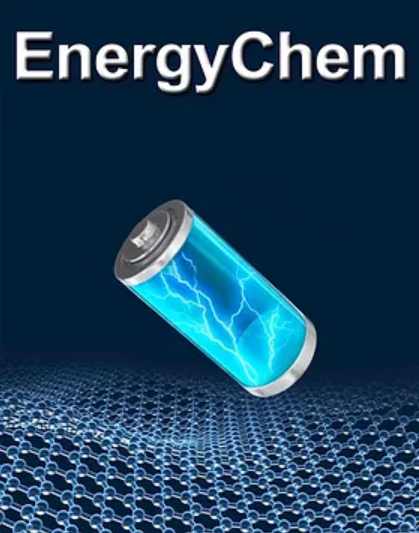Advancing organic photovoltaics processed from green-solvents: From characterization methods to optimization strategies
IF 23.8
Q1 CHEMISTRY, MULTIDISCIPLINARY
引用次数: 0
Abstract
The organic solar cell (OSC) technology has advanced significantly during the past decade, with power conversion efficiencies now exceeding 20%. However, the fabrication of high-performance devices still relies on using halogenated solvents, which pose environmental risks and limit industrial scalability. To address this issue, researchers are developing new strategies such as new molecular design concepts, control of blend morphology through processing conditions, and performance optimization guided by charge carrier mechanisms aiming to enhance solubility in green solvents while ensuring optimal film formation, as to be summarized in this review. Despite these efforts, the complex chemical/morphological structure-processing-property-function relationships remain elusive. A deeper understanding of film formation dynamics and consequences in charge carrier dynamics is essential, thereby necessitating both ex-situ and in-situ morphological and optical characterizations. Accordingly, this review begins with an overview of the key reminders for commonly used characterization techniques together with solvent properties, and solubility-morphology relationships. Ultimately, this review highlights the latest advancements in materials and device engineering and discusses the challenges that the field must overcome to enable more sustainable and scalable OSC fabrication.
推进绿色溶剂加工的有机光伏:从表征方法到优化策略
有机太阳能电池(OSC)技术在过去十年中取得了显着进步,功率转换效率现已超过20%。然而,高性能器件的制造仍然依赖于使用卤化溶剂,这带来了环境风险并限制了工业可扩展性。为了解决这一问题,研究人员正在开发新的策略,如新的分子设计概念,通过加工条件控制共混物的形态,以及以电荷载流子机制为指导的性能优化,旨在提高在绿色溶剂中的溶解度,同时确保最佳的膜形成,本文将对此进行总结。尽管这些努力,复杂的化学/形态结构-加工-性能-功能关系仍然难以捉摸。更深入地了解薄膜形成动力学和电荷载流子动力学的后果是必不可少的,因此有必要进行非原位和原位的形态和光学表征。因此,本综述首先概述了常用表征技术的关键提示,以及溶剂性质和溶解度-形态关系。最后,本综述强调了材料和器件工程的最新进展,并讨论了该领域必须克服的挑战,以实现更可持续和可扩展的OSC制造。
本文章由计算机程序翻译,如有差异,请以英文原文为准。
求助全文
约1分钟内获得全文
求助全文
来源期刊

EnergyChem
Multiple-
CiteScore
40.80
自引率
2.80%
发文量
23
审稿时长
40 days
期刊介绍:
EnergyChem, a reputable journal, focuses on publishing high-quality research and review articles within the realm of chemistry, chemical engineering, and materials science with a specific emphasis on energy applications. The priority areas covered by the journal include:Solar energy,Energy harvesting devices,Fuel cells,Hydrogen energy,Bioenergy and biofuels,Batteries,Supercapacitors,Electrocatalysis and photocatalysis,Energy storage and energy conversion,Carbon capture and storage
 求助内容:
求助内容: 应助结果提醒方式:
应助结果提醒方式:


